Description
The London, Brighton & South Coast Railway was the smallest of the three major constituents of the Southern Railway, and in essence it was an extended suburban network, with main lines to Brighton, Eastbourne and Worthing, with somewhat circuitous routes to Hastings in the east and Portsmouth in the west. This T-shaped network of main lines was complemented by a dense network of branch lines. The LBSCR was one of the railways in the UK that had adopted the Westinghouse brake, as had the GER, NER, NBR, GNoSR, and Caledonian railways.
LBSCR carriages had a distinctive (and some would say a somewhat old-fashioned) style, owning its basic characteristics to William Stroudley, which remained fairly constant over the years. Only between 1905 and 1907 did the Brighton try to break the mold by introducing a high elliptical roof for some of its carriages. However, not many of these ‘Balloon’ coaches were built and the idea did not last, and the LBSCR soon returned to more traditional carriages for the rest of the company’s independent existence, complimented by Pullmans cars for the best traffic. These ‘standard’ LBSCR carriages are the subject of this pack. Bogie carriages first appeared on the LBSCR in 1894 (not counting the handful of coaches introduced by his predecessor Wiliam Stroudley) when Robert Billinton (1894- 1904) introduced his first bogie carriages. Most were 48ft long and matched the style of his earlier six-wheeled stock. From 1894 a wide variety of designs began to appear, mostly non-corridor, non-lavatory coaches, and these continued to be built with little real change or improvement in the types built. After 1904 the 48ft long types were succeeded by longer coaches when a length of 54ft became standard, many of which were rebuilds from six-wheeled carriages and vans. A few types had lavatories, but none had corridors, and gangwayed stock was almost unknown. This was to remain the standard for most LBSCR coaches until the final vehicles were built at Lancing Works during 1924.
At the Grouping (1 January 1923) bogie coaches made up 70% of the LBSCR fleet. The LBSCR now became part of the Southern Railway, but the first years under new management did not bring many changes. The coaches received the new Southern Railway green livery, and the brake coaches lost their guard’s duckets.
From 1923 the ex-LBSC coaches were gradually fitted with vacuum brakes, so they would also be able to operate on SECR lines. From 1909 suburban lines of the LBSCR began to be converted to electric operation (using an overhead system), and electrification of the LBSCR suburban network slowly expanded until 1924. With Grouping on the horizon the railway decided not to continue with overhead electrification, and as expected the Southern Railway chose the LSWR third-rail system as a future common standard for electrification. Consequently, already by 1929 the last wires had come down on the LBSCR. Some existing coaches were adapted to work with electric stock, and during the twenties all existing 54ft thirds had found a new role between electric motor units. From the early thirties the ongoing electrification of the ‘Brighton’ released more modern steam stock which meant the end for most of the remaining LBSCR steam-hauled coaches. The first to go were the 48 footers (the last ones went in 1934), while their 54 foot cousins managed to escape withdrawal for a few years more. Some were exiled to local services on the Eastern or Western sections of the Southern but all were gone by 1940. The only survivors into the BR era were the purpose-built ‘pull-push’ coaches that survived until 1960 and the ex-LBSCR carriages that had been sent to the Isle of Wight between 1936 and 1939, where (in many cases after rebuilding to fit local conditions) some of them lasted until the end of steam on the island at the end of 1966.

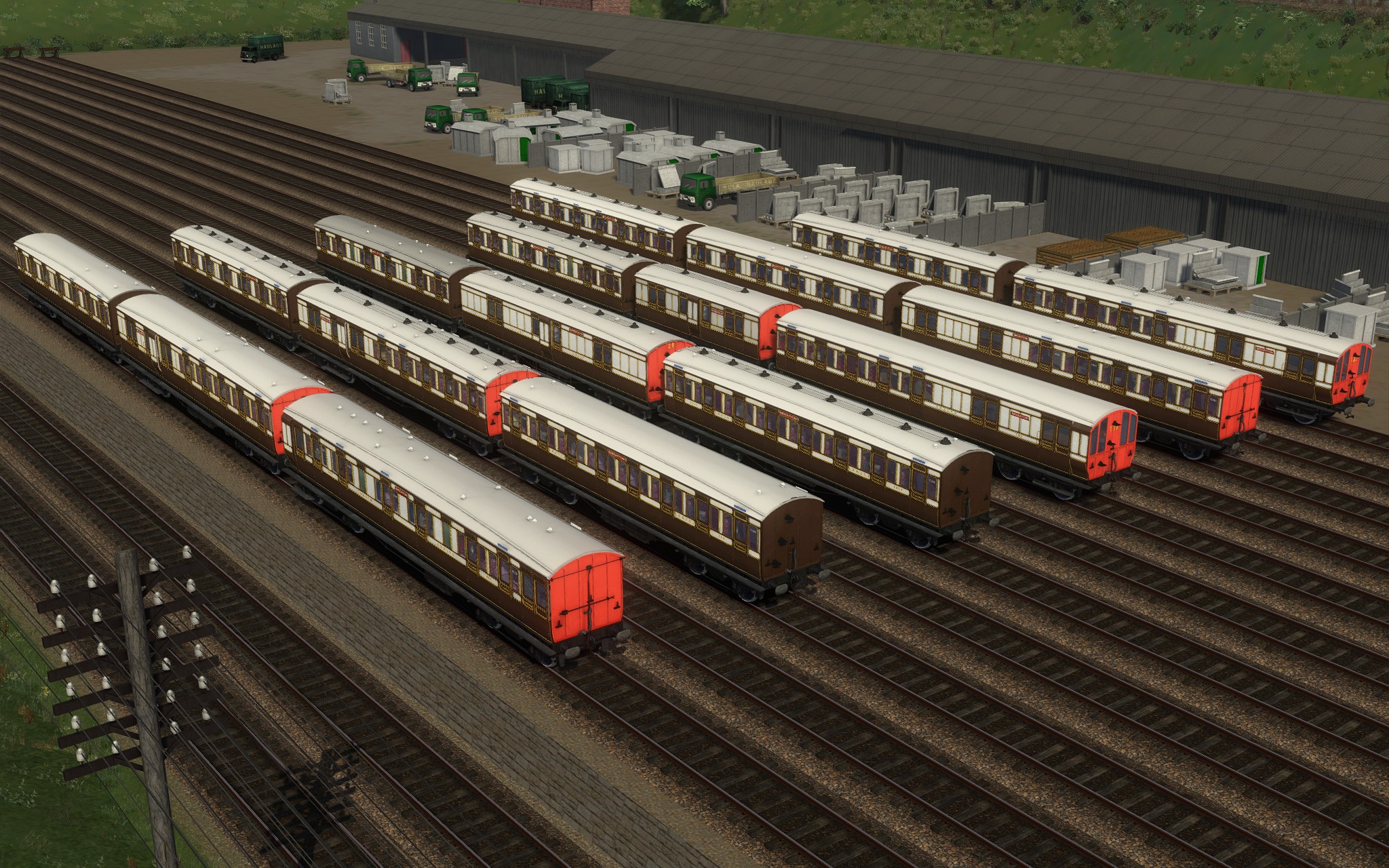
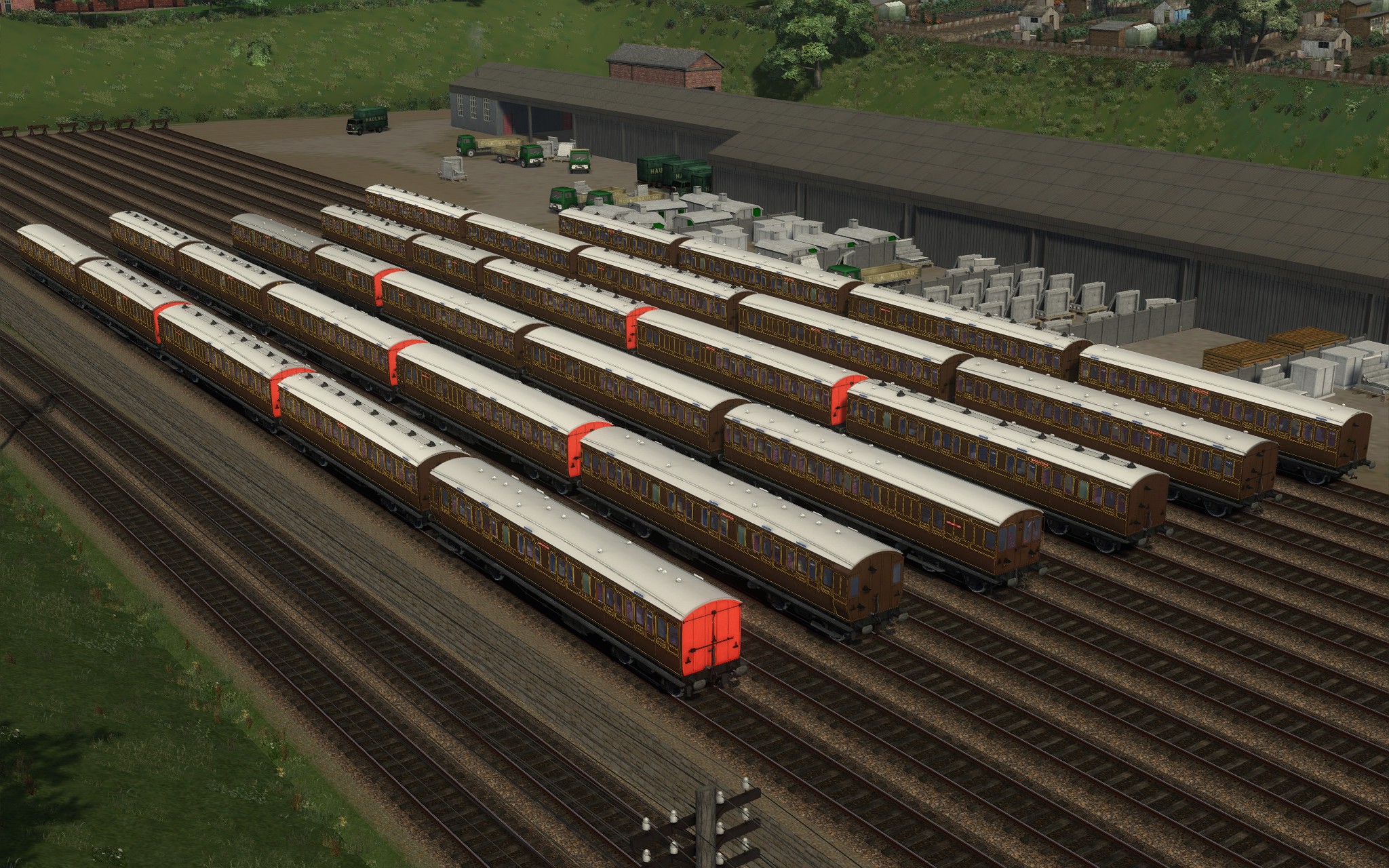
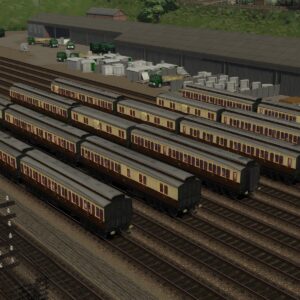
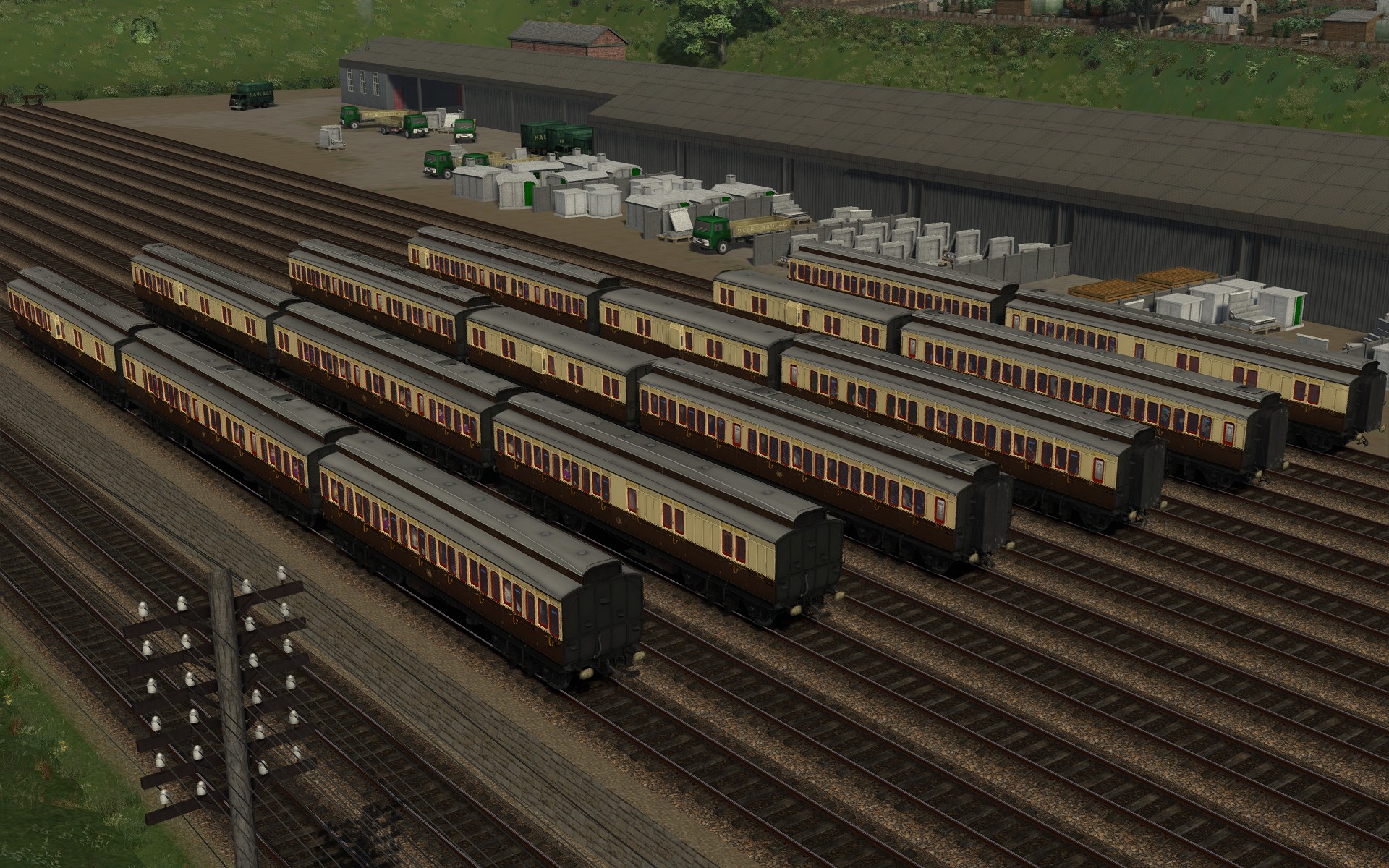
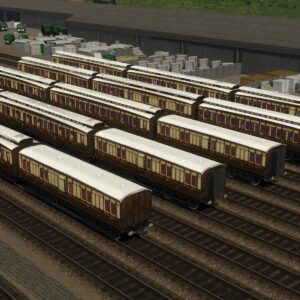
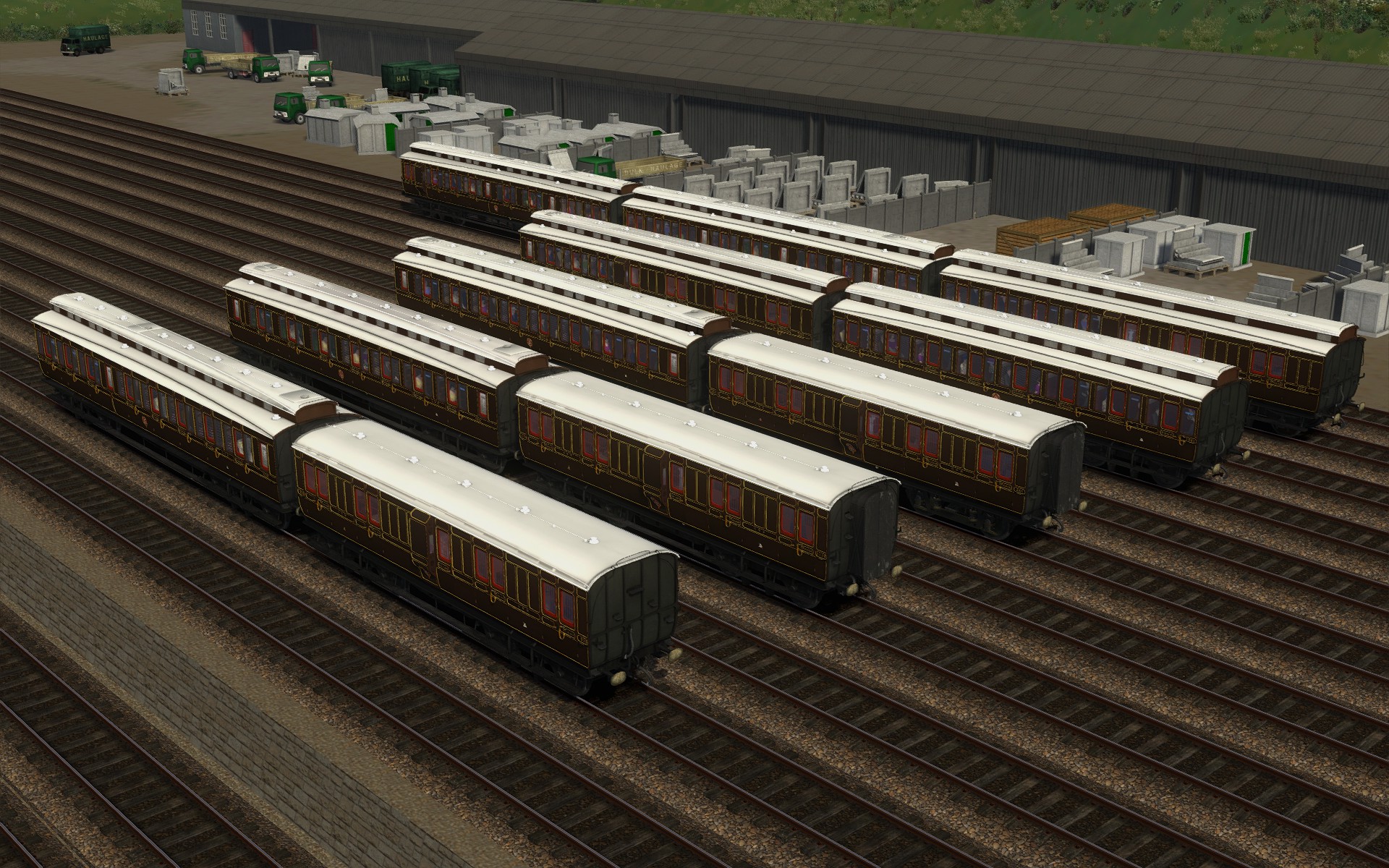
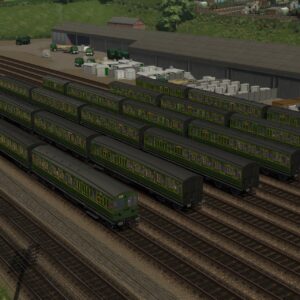

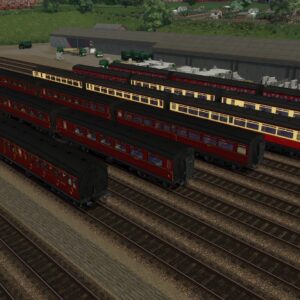
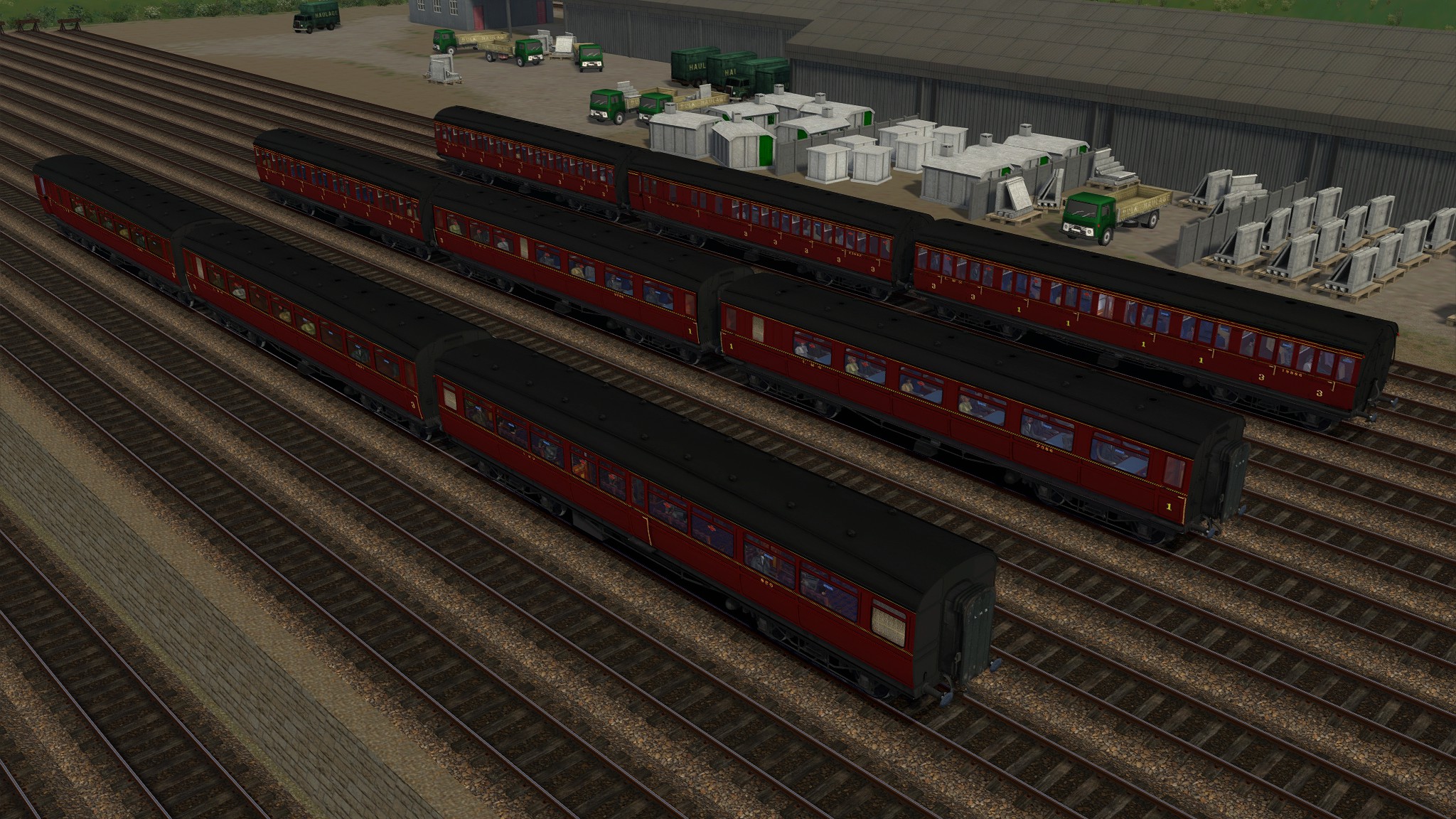
Reviews
There are no reviews yet.